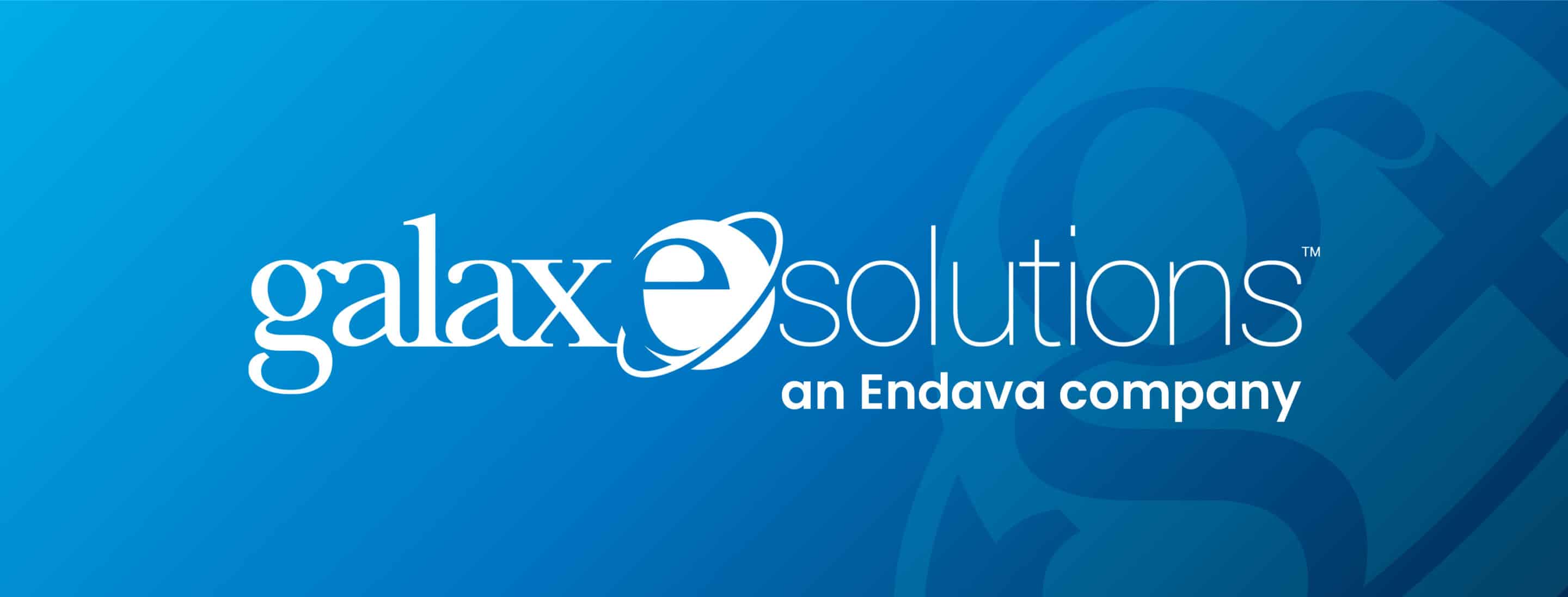These days you hear about artificial intelligence being used in all sorts of unique ways, but it’s difficult to know what “AI” really means. You may have also heard “machine learning” and “deep learning” which are often used in conjunction with “AI” but might not understand how they differ.
While they are all closely related, there are some key differences that are worth noting. We’ve asked our industry experts to help us gain a clearer understanding of each term and their practical uses.
Let’s start with artificial intelligence. At its base level, AI is a technique that enables a computer to mimic human behavior. The idea of AI has been around since at least the 1950s, but recent advances in technology have allowed us to apply it in a variety of applications.
Machine learning is an AI technique that allows a computer to learn without being explicitly told to do so. Using this technique, a program can look at a large data set and start to make judgments on its own, without human direction. This type of learning can enable a system to start imitating human behaviors and interpret data in the way that we do.
Deep learning is a subset of machine learning that is based on multiple layers of data in what is known as the neural network. The name neural network is based on the complex human neural pathways that are used to transfer information in the body. Deep learning takes numerous layers of unstructured data and can analyze it much like the way a human is able to analyze it.
Now that we have an idea of what each of these terms means, where can they be used in today’s world? While it’s true that there will be visible changes to society when AI is applied (think self-driving cars) there are also many behind the scenes applications of AI that will move seamlessly into our lives.
One place AI technologies are being used is in the healthcare industry. Electronic healthcare records are often messy, incomplete, and inconsistent. By utilizing deep learning algorithms, it is possible to take a vast collection of data and organize it to be more accurate and usable. This means that the end consumer receives a better experience and more value in the services they consume.
There is also promising research being done on software that can help doctors make a diagnosis based on pictures. In one example, a deep learning software was able to scan lung tissue images to search for and sort anomalies. The program was able to locate and provide an early diagnosis in cases of the novel coronavirus COVID-19. This is very exciting research considering the current challenges in today’s world.
Another example that you may interact within your daily life is the use of AI-enhanced chatbots which are being utilized by many industries. Chatbots use complex algorithms to interpret the context of a conversation in order to provide an accurate and meaningful response. A consumer can ask for updates on their delivery, specifics on a product, or even set up appointments using this technology. What used to require a manual response that might take hours to get to can now be simply answered by a chatbot
What will the future bring? We can expect to see more and more companies using AI technologies in the coming years. There are immense amounts of data already in existence and more is being collected every day. They will be leveraging AI, ML, and deep learning to process and organize these data pools into valuable information. This information will be used to provide better services, more accurately target consumers, and create a new model of high-efficiency business.
For a more in-depth discussion on this topic, please listen to our podcasts to hear directly from our industry experts.







